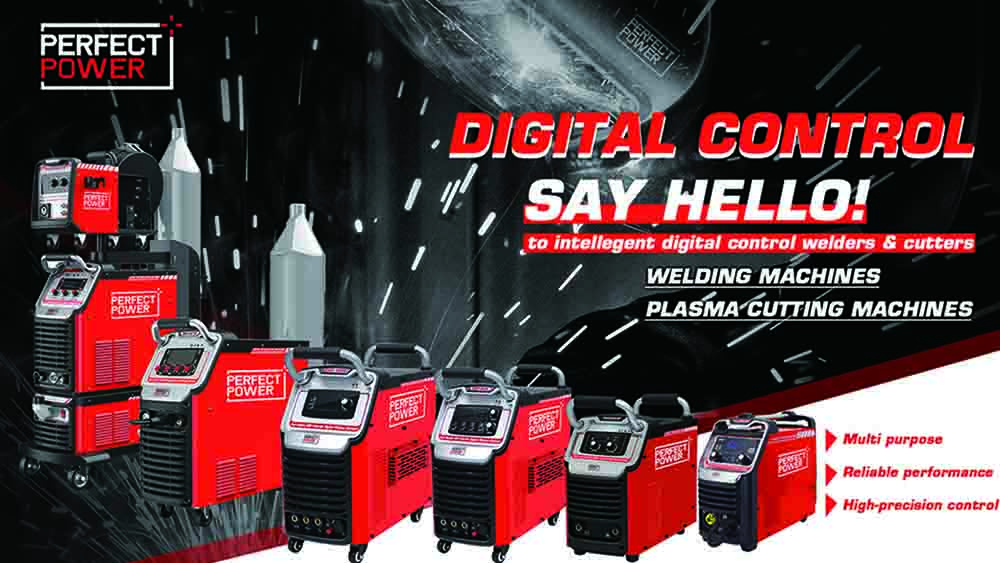
Plasma cutting is a powerful and efficient method for cutting through various metals with precision and speed. To maintain the effectiveness and quality of your plasma cutting process, understanding the role of plasma cutting consumables is crucial. In this comprehensive guide, we will delve into the concept of plasma cutting consumables, their importance, types, and how frequently you need to replace them to ensure optimal cutting performance.
Section 1: Knowing About Plasma Cutting Consumables
What are Plasma Cutting Consumables?
Plasma cutting consumables are essential components of a plasma cutting system that directly affect the quality and efficiency of the cutting process. These consumables come into contact with the plasma arc and the material being cut, making them susceptible to wear and degradation over time. Replacing them at the right intervals is essential for maintaining consistent cutting results.
Types of Plasma Cutting Consumables:
- Electrodes: The electrode is responsible for initiating and maintaining the plasma arc. It erodes over time due to extreme heat and electrical discharge, affecting the stability of the arc.
- Nozzles: Nozzles shape and direct the plasma arc, influencing the precision of the cut. They also serve to shield the electrode from molten metal and prevent contact with the workpiece.
- Swirl Rings or Diffusers: These components control the flow of gas around the plasma arc, helping to create a stable and focused cutting stream.
- Shields or Retaining Caps: Shields protect the consumables from molten metal and provide a guiding surface for the plasma arc.
- Cooling Chambers: These components cool the torch and consumables, preventing overheating and prolonging their lifespan.
Section 2: Importance of Plasma Cutting Consumables
Maintaining Cutting Quality: The wear and tear of plasma cutting consumables directly impact the quality of the cut. Degraded consumables can lead to irregularities in the cut, such as jagged edges, dross formation, and inconsistent shapes.
Operational Efficiency: Worn-out consumables can cause interruptions in the cutting process due to unstable arcs or poor gas flow. Regular replacement ensures smooth operation and minimizes downtime.
Cost-Effectiveness: Replacing consumables at appropriate intervals prevents premature failure of the entire cutting system, saving you money in the long run by avoiding extensive repairs.
Section 3: Factors Influencing Replacement Frequency
Material Thickness and Type: Cutting thicker or harder materials results in more significant wear on consumables. High-alloy steels, stainless steel, and other hard metals can accelerate consumable degradation.
Cutting Speed and Frequency: Faster cutting speeds and frequent use generate more heat and electrical discharge, leading to quicker consumable deterioration.
Amperage and Power Settings: Higher amperage levels and increased power settings generate more heat in the plasma arc, causing consumables to wear out faster.
Gas Quality and Flow: Poor gas quality or inadequate gas flow can cause consumables to degrade faster due to incomplete shielding and unstable arcs.
Maintenance Practices: Proper maintenance, including regular cleaning and inspection, can extend the lifespan of consumables. Neglecting maintenance can lead to premature replacement.
Section 4: Replacement Frequency Guidelines
Electrodes: Electrodes typically need replacement every 20 to 50 hours of cutting time, depending on factors like material and amperage. Signs of worn electrodes include irregular arc behavior and reduced cutting quality.
Nozzles: Nozzles require replacement every 30 to 60 hours of cutting time. Excessive dross, inconsistent cuts, or poor gas flow are indicators of worn nozzles.
Swirl Rings and Shields: Swirl rings and shields have a longer lifespan, often needing replacement every 100 to 200 hours. However, monitor them for signs of warping, cracking, or erosion.
Cooling Chambers: Cooling chambers generally last a long time and may not need replacement unless physically damaged.
Section 5: Extending Consumable Lifespan
Proper Torch Alignment: Ensure that the torch is correctly aligned to prevent unnecessary wear on consumables.
Gas Quality: Use high-quality, clean, and dry cutting gases to ensure effective shielding and minimize consumable erosion.
Correct Amperage and Power Settings: Avoid using excessive power settings and amperage, as they can accelerate consumable wear.
Regular Maintenance: Clean and inspect consumables regularly to identify signs of wear and replace them as needed.
Final Point
Plasma cutting consumables play a pivotal role in maintaining the quality, efficiency, and safety of the cutting process. Understanding the different types of consumables, their roles, and the factors influencing their wear can help you make informed decisions regarding their replacement frequency. By following proper maintenance practices and adhering to recommended replacement intervals, you can ensure that your plasma cutting system consistently delivers precise and high-quality cuts, contributing to the overall success of your projects.



